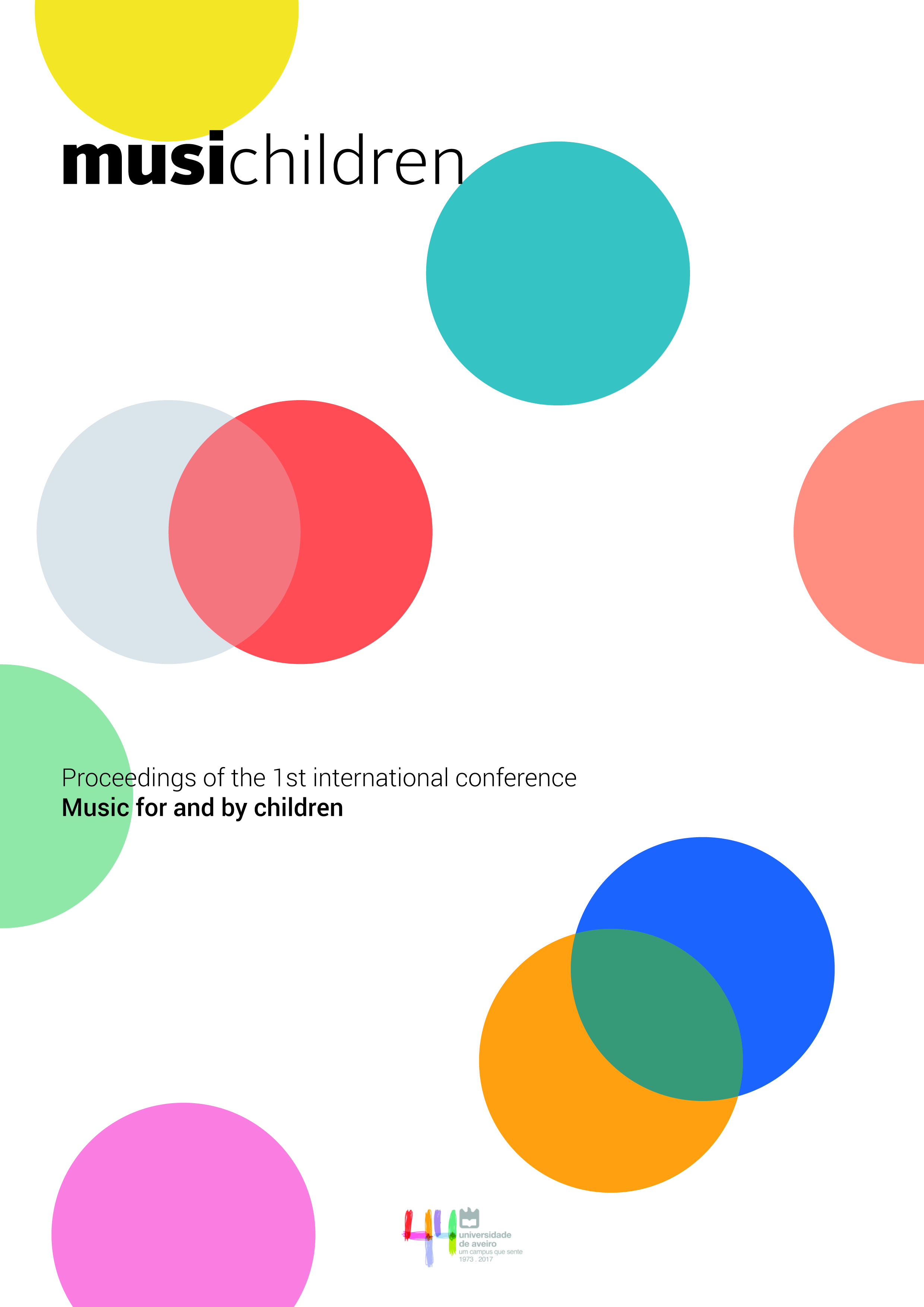Employing technology in creative music making: Case studies of classroom applications
Abstract
This paper focuses on young children’s composing activities using new music technologies (the MIROR composition software). It presents findings from classroom case studies that explore the ways in which these music technologies can be implemented into existing curricula and debates the challenges that arise when teachers and students experiment with these. Two qualitative case studies explore 8-year-old pupils’ creative music making in the context of a Greek and British music classroom. Classroom observations and discussions with young children document the learning that takes place and pupils’ expressions of agency and voice. Key issues that arose across these largely different educational contexts were that: a) The use of multimodality allowed pupils to explore structure and form during composing activities, their movements shifting when listening to chunks of melodies or whole melodic forms. Children also learned to distinguish melodic detail in the composed melodies and sharpen their listening abilities through a breakdown of tasks; b) Technology assisted the teacher in developing children’s verbal ability in voicing the complex processes involved, and making informed and engaged artistic decisions. Teachers gradually built a common language using musical and extra-musical references to frame subsequent discussion, encouraging also pupils’ mindful engagement with the technology.
The visualisation of pupils’ creative process allowed for anticipating what will be heard but also planning what will be played, hence enhancing the user’s sense of purpose when engaging with the technology; c) Technology provided pupils with an inclusive social space in which to experiment and discuss. It performed simple executive functions such as repeating or comparing different options, thus allowing pupils to make more complex musical decisions, even those with little prior musical training. In sum, the case studies, employing the musical software MIROR, allowed us to question current music education curricula, review the meaning of creativity, reassess the role of the teacher and imagine a more inclusive pathway for the 21st century young music learner.





